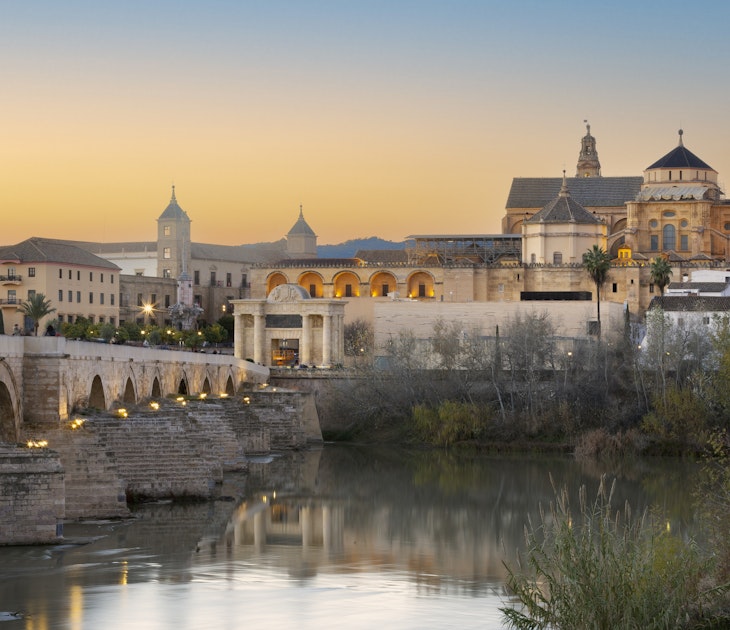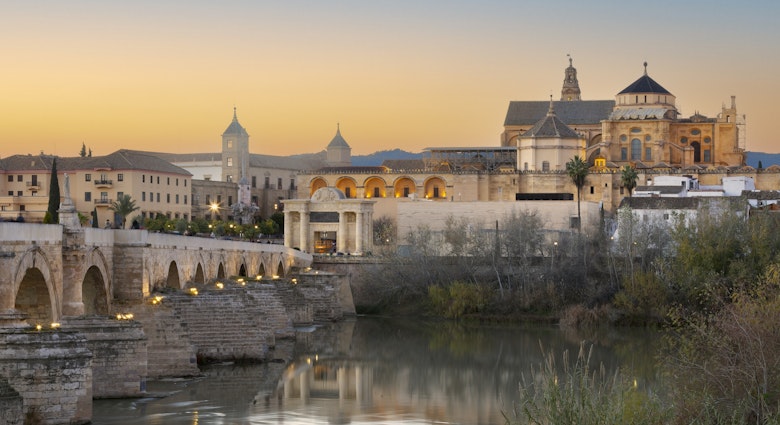So good they named it once: Oxbridge. In many people’s minds England’s two most venerable university cities are interchangeable, or even somehow conjoined – Siamese towns, eternally tethered to each other by history, tradition and academic heritage.
They’re not.
It’s not merely a geographic divide, although they lie over 100km (some 67 miles) apart. While they’ve both just celebrated 800 years of scholarly study, the key attribute Oxford and Cambridge universities share is a fierce pride – and a powerful urge to put one over on their rival.
The most physical demonstration of this rivalry is, famously, the annual University Boat Race. One spring Saturday each year, the Light Blues (Cambridge) and Dark Blues (Oxford) each send their finest eight oarsmen to row the 4 miles and 374 yards along the Thames between Putney and Mortlake in west London.
The differences go far beyond the colour of rowing vests, of course; linguistic quirks are treasured as badges of honour.
For example, in Cambridge you might wander into a college and admire its fine cloistered 'court' – but in Oxford you’d be in a 'quadrangle'. And the students dashing up the steps in the corner of the court might be late for their 'supervision'; if they’re in Oxford, though, they’ll be heading to 'tutorial' instead.
They certainly wouldn’t want to be reported to the college’s Master – whereas in Oxford they’d be wary of getting into trouble with the college’s Warden, Dean, Provost, President, Rector or Principal.
Oxford has produced a pantheon of scholarly fantasy writers. Relax with a pint in the Eagle & Child pub (49 St Giles), known locally as the 'Bird & Baby', and you can imagine CS Lewis and JRR Tolkien debating their respective Narnia and Middle-Earth epics, as they did last century. And echoes of Lyra, heroine of Philip Pullman’s His Dark Materials trilogy, can be heard around the colleges, the streets of Jericho and the Botanic Garden.
Cambridge, though, could claim scientific supremacy. Here Isaac Newton theorised, Darwin pondered, Crick and Watson discovered DNA and Stephen Hawking hypothesised. Admittedly, literary greats studied here, too: Byron, Tennyson, Wordsworth and Nabokov for starters.
But it’s not just the universities that cherish their unique natures – despite both boasting absorbingly historic colleges, churches, libraries and museums, the nature of each town is quite unlike the other.
It’s been said that Oxford is more like a city with a university, while Cambridge is more like a university with a city around it. Certainly, despite its poetically lauded 'dreaming spires', Oxford – with its industrial heritage of automotive production, including Morris and Mini cars – feels more urban.
Oxford is also culturally varied; its fascinating museums include the Ashmolean (Beaumont St) – Britain’s oldest public museum, built in 1683, packed with artistic and historic treasures – and the Pitt Rivers (South Parks Rd), with extraordinary ethnographic exhibits.
Cambridge, on the other hand, has peaceful meadows – the 'Backs' – leading down to the river with wonderful views of the old colleges, lending it a more bucolic air than 'the other place', as its students sneeringly refer to Oxford. It also has the most impressive chapel: King’s College, dating from 1446, with a renowned boys’ choir.
But there’s one thing that perhaps emphasises best the arbitrariness of the rivalry. The pastime of punting – propelling a long, flat-bottomed boat along the river – is popular in both cities. Punts can be rented from alongside Magdalene Bridge in Cambridge and its homophone Magdalen Bridge in Oxford – coincidence?
But whereas in Oxford the poler works from the sloping end of the punt, in Cambridge you stand at the flat end to push. Why? Who knows, and who cares – it’s the tradition that’s the point, not the reason. Viva la difference!










